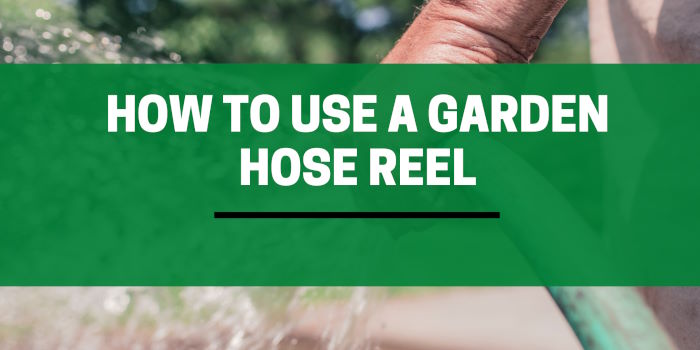
You’ve got a new garden hose reel and you’re ready to start. But wait, do you know how to use it right? Don’t worry, we’ve got you covered.
From setup to winding, connecting to a water source, and maintenance, we’ll guide you every step of the way.
So, let’s start making your gardening tasks easier and your outdoor space tidier with your new hose reel.
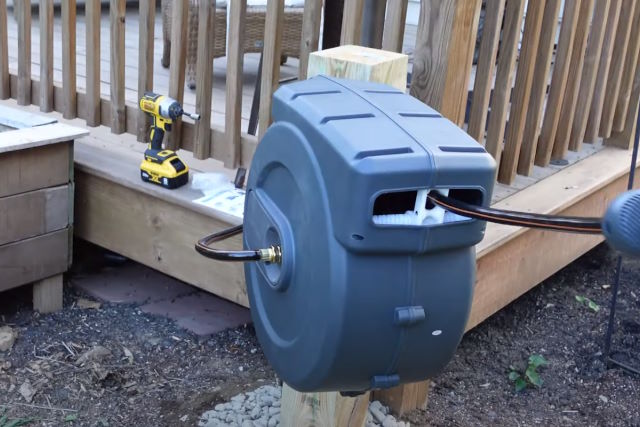
Contents
Selecting the Right Hose Reel for Your Needs
When you’re ready to pick out a hose reel that’ll work best for you, it’s important to take into account several factors to ensure you’re making the right choice:
- Hose reel types work differently so utilize a hose reel guide for advice on selecting the right hose reel for your needs.
- The type of hose reel you opt for should depend on your garden size and hose lengths.
- Quality hose reels come in many forms, including retractable garden hose reels for convenience, manual reels for affordability, and portable hose reels for mobility.
- Remember, different types of hoses may require specific reels.
Above all, choose an affordable hose reel that offers durability and meets your watering requirements.
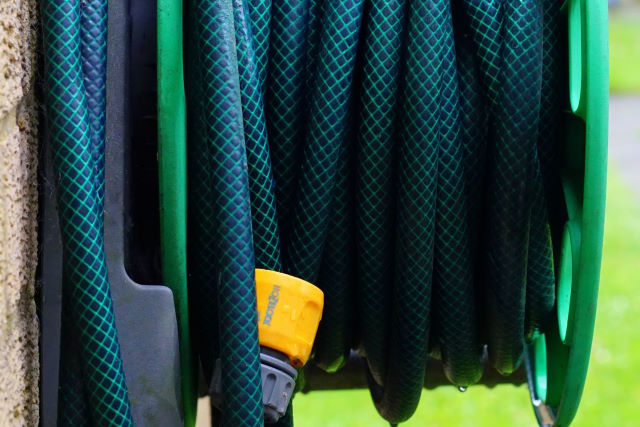
Preparing Your Hose Reel for Use
Understanding how your hose reel operates is crucial in preparing your hose reel for use. Before you can start using your new hose reel, there’s some prep work you’ll need to handle:
- Start by attaching the hose attachments to the hose coupling.
- If you have an automatic hose reel model, ensure the retractable reel is functioning.
- For wall-mounted reels, secure the reel to the chosen location.
- Then, connect the end of your hose to the hose reel using the crank handle.
- Make sure the hose connection is secure to prevent any leaks.
- Finally, test the operation of the hose reel.
Properly Winding Your Hose Onto the Reel
You’ll need to follow these five simple steps to wind your hose onto the reel correctly without kinks or twists:
- Choose the Right Reel: Consider the hose capacity and the style of the hose reel that suits your needs. This depends on the type of hose you have, and how many feet of hose it can accommodate. Opt for sturdy materials. if you’re going for a retractable heavy-duty version, look for spring mechanisms for ease of use.
- Prepare Your Hose: Straighten your hose to avoid any kinks.
- Start Winding: Start properly winding your entire garden hose onto the reel, ensuring it does not overlap or twist.
- Use Locking Mechanism: If your reel has a locking mechanism, use it to secure the hose in place.
- Opt for Automatic: Consider an automatic reel for convenience if manual winding seems tough. This will ensure a kink-free and tidy hose.
Connecting Your Hose Reel to a Water Source
After you’ve successfully wound your hose onto the reel, it’s time to connect the reel to a water source, and this process is quite simple.
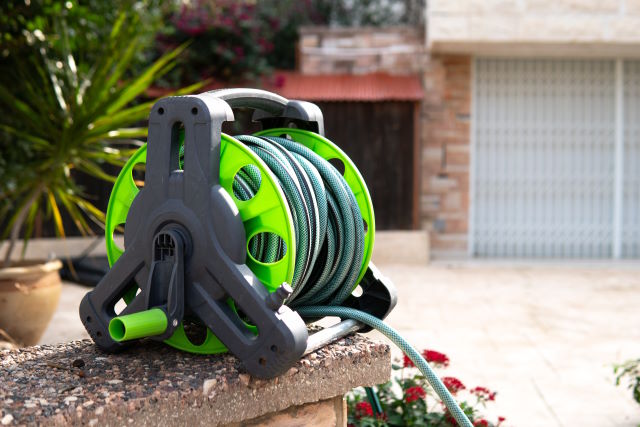
Start by ensuring your feeder hose is of suitable quality and length to reach the water supply.
Next, attach the feeder hose to your hose reel. Advanced garden hose reels and options like battery-powered hose reels often come with their own set of instructions for this step.
Here’s a quick reference table for you:
| Step | Instructions |
|---|---|
| 1 | Check feeder hose length |
| 2 | Attach feeder hose to hose reel |
| 3 | Follow specific instructions for advanced or automatic reels |
| 4 | Test water pressure |
| 5 | Ensure there is a leak-free connection without water dripping from the reel internally |
Tips for Maintenance and Longevity of Your Hose Reel
While it’s essential to use your hose reel correctly, maintaining it properly ensures it can last for many years. Here are some tips to enhance its longevity:
- Proper Storage: Always store your hose reel in a cool, dry place when not in use, especially during the winter months. Prolonged exposure to sunlight or frost can damage aluminum materials, hoses, or pipes. A large hose pot can be a good option to store your reel on its side.
- Assembly: Follow the assembly instructions closely. An additional assembly might be needed for more advanced reels
Avoid using cheap hoses. A rubber or polyurethane hose is a reliable option and one of the common types used. Regularly check for leaks or damages and replace parts as necessary.
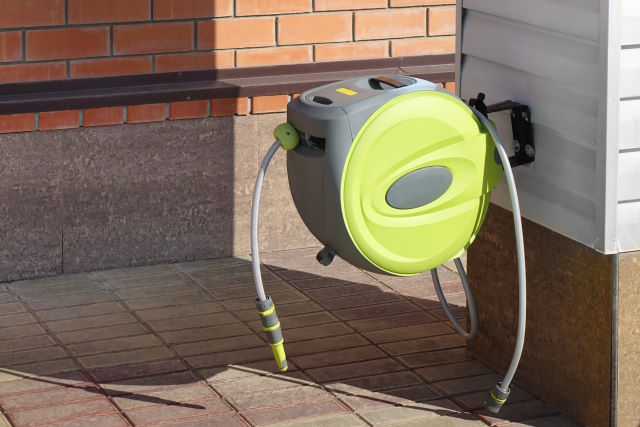
With proper maintenance, your hose reel can serve you efficiently for a long time.
Frequently Asked Questions
What Are the Safety Precautions to Consider When Using a Hose Reel?
When using a hose reel, always ensure it’s securely mounted to avoid tipping. Don’t overwind the hose; it can cause strain. Lastly, regularly check connections for leaks. Also, handle with care to avoid finger injuries.
How Often Should I Perform Maintenance Checks on My Hose Reel?
You should check your hose reel regularly for any wear or damage. At least once a season is a good rule of thumb, but it’s ideal to quickly inspect it before and after each use.
Can I Use Any Type of Garden Hose With My Hose Reel or Are Specific Types Required?
You can use most garden hoses with your reel. However, be sure it matches the reel’s capacity. Avoid using a hose that’s too long or heavy, as it may not fit or retract properly.
What Is the Maximum Length of Hose That Can Be Accommodated by a Standard Hose Reel?
Most standard hose reels can accommodate up to 100 feet of hose. However, it’s important to check the reel’s specifications because some models might hold less or more. Always find your hose length first.
How Can I Troubleshoot Problems With My Hose Reel if It’s Not Winding or Unwinding Properly?
If your hose reel isn’t unwinding or winding correctly, first check for kinks or twists in the hose. Lubricate the reel mechanism and ensure the hose is feeding correctly. If problems persist, consider professional repair.

Final Thoughts
In conclusion, using your garden hose reel correctly isn’t rocket science, it’s just about knowing the ropes.
Now that you’re equipped with the right know-how, you can set up, connect, wind, and maintain your reel like a pro.
Remember, proper care is key to extending its lifespan.
Happy gardening, and enjoy the efficiency and tidiness that your hose reel brings to your outdoor space.
